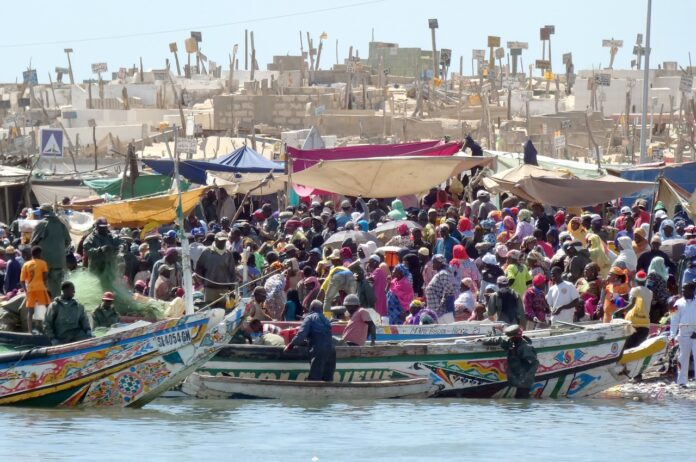21 Interesting Facts About Senegal
- Location and Borders: Senegal is located in West Africa. It is bordered by the Atlantic Ocean to the west, Mauritania to the north and northeast, Mali to the east, and Guinea and Guinea-Bissau to the south. The Gambia is an enclave within Senegal, bordering it on the north and south along the Gambia River.
- Square: The country covers an area of approximately 196,722 square kilometers.
- National Currency: The currency of Senegal is the West African CFA Franc (XOF).
Interesting Facts About Senegal:
- The Baobab tree is the national symbol of Senegal. Interestingly, it is forbidden to cut down these trees or even climb them.
- In 2015, the electrification rate in rural areas of Senegal was less than 30%, and nearly half of the population in these areas did not have access to electricity.
- Lake Retba is famous for its pink color. The unique color is due to special bacteria in the water.
- The African Renaissance Monument on the hills of Collines des Mamelles is the tallest statue in Africa. The 161-foot-tall monument overlooks the Atlantic Ocean. It was designed by Pierre Goudiaby and built as part of the Mansudae Overseas Project.
- Senegal is an African country with a relatively mild climate and a thriving tourism industry. Tourists from around the world flock to Dakar, the capital of Senegal.
- The most visited sites include the Senegambian stone circles of Sine Ngayene in Senegal and Wassu, Kerbatch, and Vanné in The Gambia. These sites also include ancient burial grounds.
- Niokolo-Koba is the largest national park in Senegal. It is located on the hill at the upper reaches of the Gambia River in a water-rich area.
- Dakar, the capital of Senegal, is the main hub for trade and tourism in West Africa. The traditional medina of the area is located in the city center, bordered by three main streets.
- Cap Skirring, a cape in the Casamance region of southern Senegal, is a popular resort and “water” gateway to the wonders of the southern part of the country.
- In recent years, Senegal has experienced a tourism boom, but the hotel industry is struggling to keep up. The number of hotels is increasing year by year, but it is still not enough.
- The primary crop in Senegal is peanuts, which occupy about two-fifths of the arable land.
- Local residents live in poverty, and any job is considered good because the unemployment rate in the country reaches 46%. A salary of $100 is considered very good.
- Many houses in Senegal are painted in a very unusual way, with only one black wall. Usually, the walls on the sunny side are painted black to keep the house cooler.
- The official language of Senegal is French, but English is understood in most hotels and tourist destinations.
- Gorée Island is located 2 kilometers from Dakar, the capital of Senegal. Despite its proximity to the mainland, people did not settle there until the mid-15th century due to the lack of fresh water.
- Prairies and dry forests are typical features of the southern half of Senegal, where more than 80 types of forests have been identified. The rapid growth of vegetation is triggered by the first rains in the rainy season.
- The most famous museum in the capital is the Théodore Monod Museum, the oldest in West Africa.
- The first president of Senegal, Léopold Sédar Senghor, made significant contributions to the country’s development.
- The first European to visit the area of this West African country was a Portuguese explorer.
- The beach remains the most popular place for tourists to relax. Almost all beaches have sports grounds.
- The most popular beach resort is Les Almadies.
